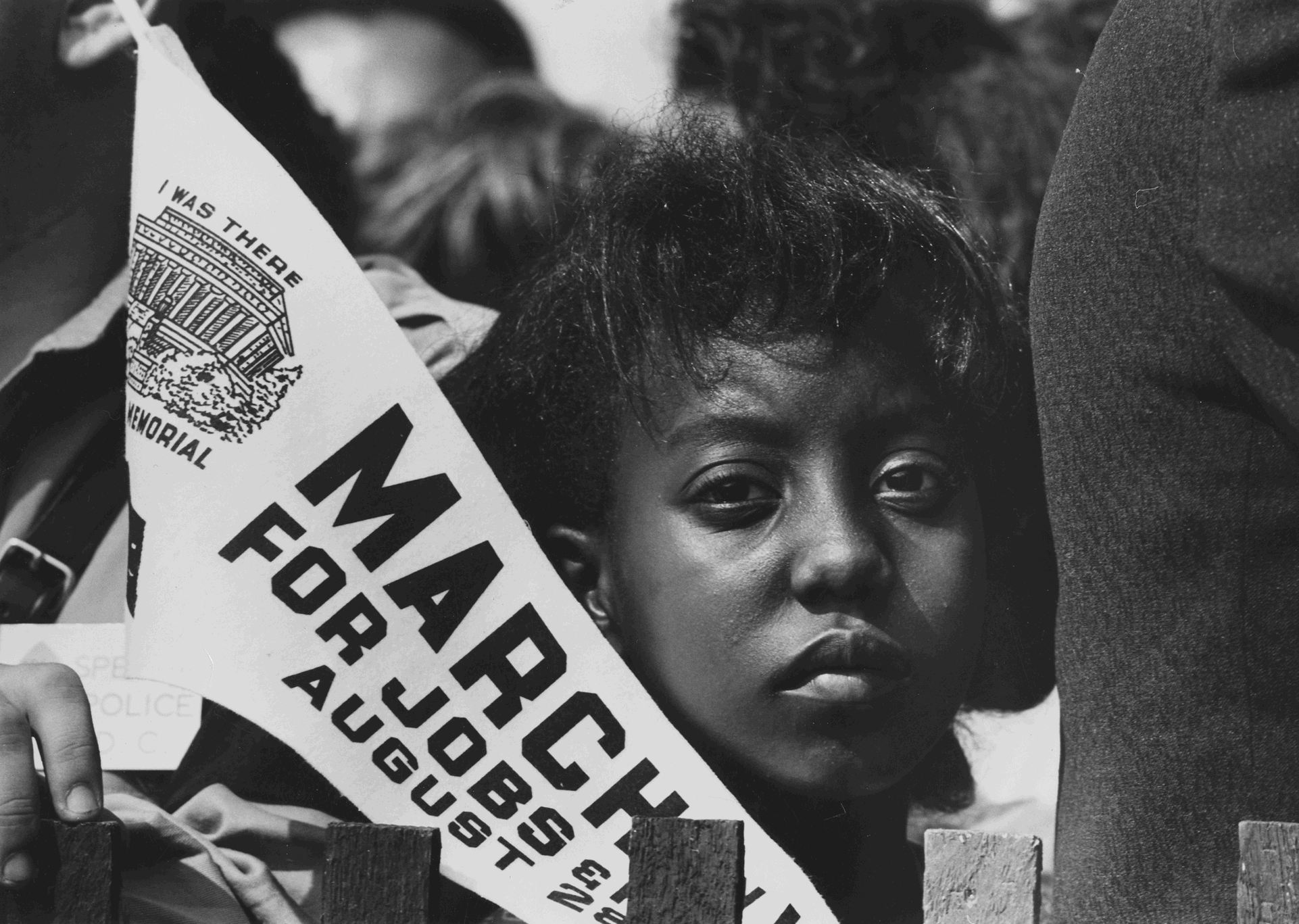When I was searching some articles for my final paper, an article in New York Times caught my attention. It discusses a series of photos by a contemporary civil rights photographer, Oliver Clasper. The photos in the series titled “The Spaces We Inherit” do not mediate the turmoil, the drama, or violence what civil rights photos usually depicted in the past. Instead, these photos are “quite,” and only capture vacant places or an unmoving pose by a single character. No overt dynamics or energy was expressed. Everything in these photos becomes a landscape. To me, such composure and still scene seem to tell a story, to document a place with its history.
Surprisingly, as the photographer later mentions, these sites that he documents were “the sites of hangings, slashings or execution by gunfire.” Clasper switches the dominant depiction of visual violence to a regional and alternative approach. Subjects are no longer the victims who epitomize persisting tensions over blacks and whites. Instead, the backgrounds, the sites become the visual tool to connect the past and the present. Such images not only serve as a bridge to link our memory from what had happened and what is happening, but also blur the specificity of the sites or events, since only the mundane was included in the photos. His intention of documenting these places becomes ambiguous. Is he trying to remind the audience to remember what had happened in our history, or is he aiming to tell the ubiquity of racial discrimination and violence in the contemporary context? The conversation and question that Clasper demonstrates foreground the living and perpetual essence that the Civil Rights History possesses.
